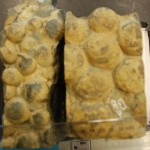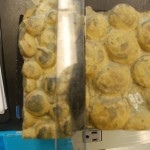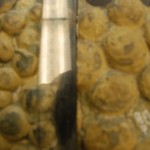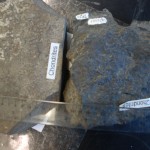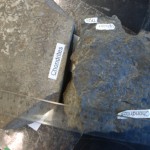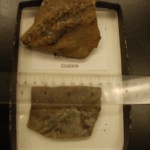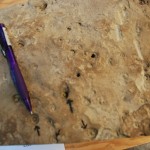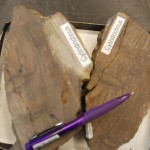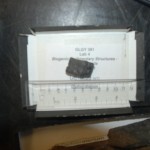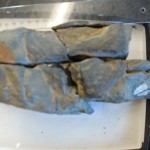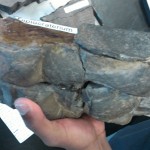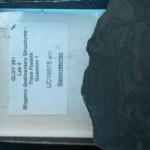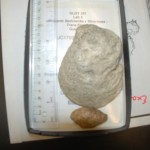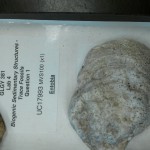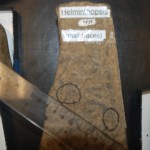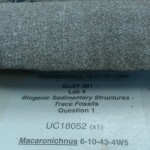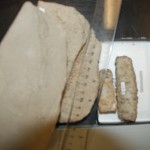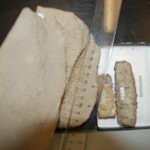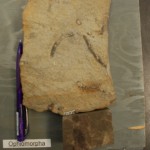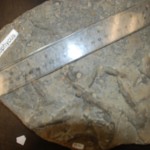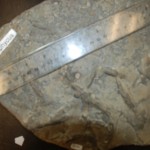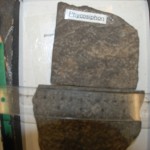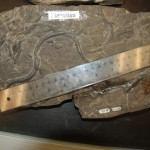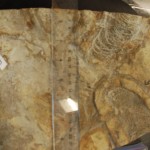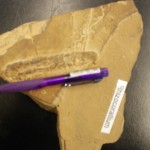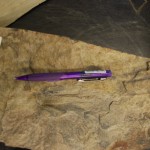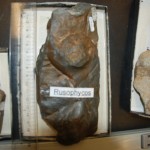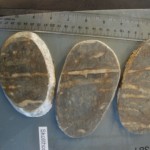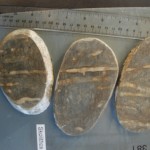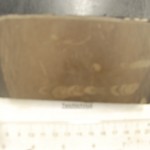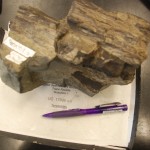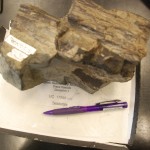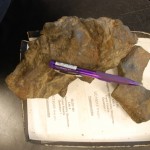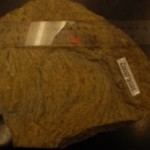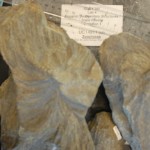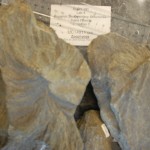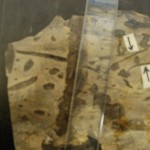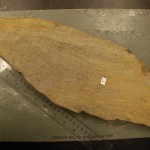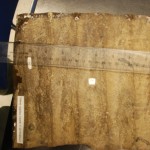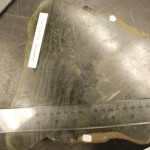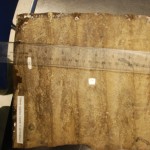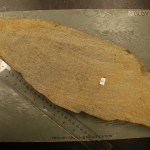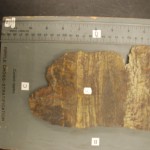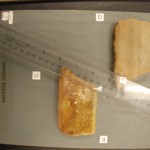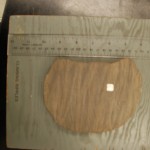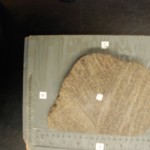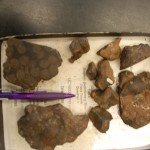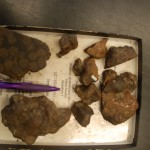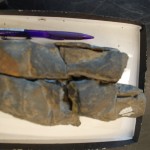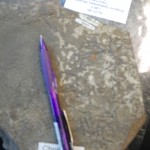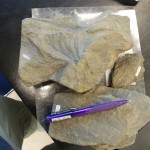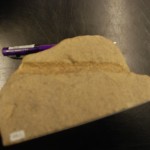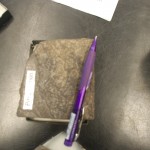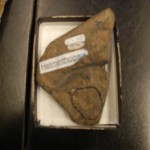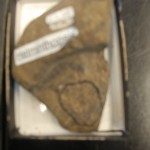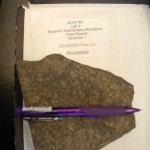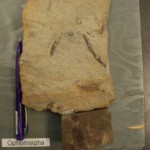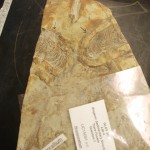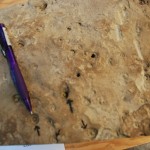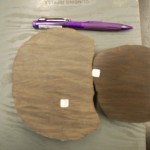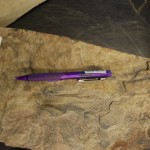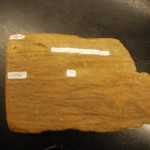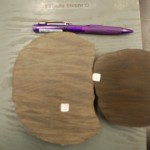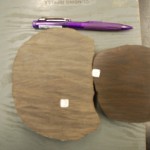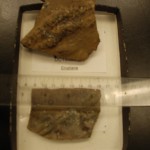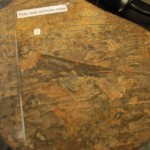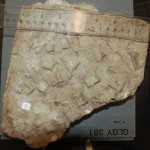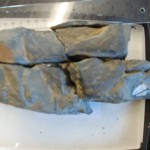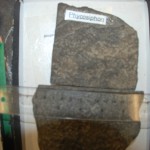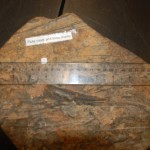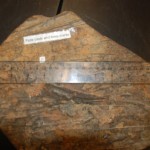Geology lab samples for Sedimentary Rocks and Processes: Origin, identification, classification and interpretation of sediments, siliciclastic, carbonate and evaporite rocks. Study of sediment/rock components (minerals), fossils and textures in hand sample and thin section; sedimentary structures and processes; introduction to depositional environments; burial, lithification and diagenesis; applications, including introduction to basin analysis/tectonics, exploration for water and petroleum resources, etc.
Category Archives: Earth Science
Also known as Geology, Geosciences, etc. It is a science that deal with Geologic materials and processes which made them. A multidisciplinary field in which also includes Geophysics, Hydrology, Structure and Civil Engineering and many more.
Samples for Lab Midterm GLGY381
Important!
Click on the image to view the larger original image. Special thanks goes to Jenna Sie, Geoscience, UofCWarning!
No guarantee on the accuracy of data. Please use the materials at your own discretion.Table: Trace fossils, toponomical, morphological and ethological data
Go to: C | D | E | H | M | O | P | R | S | T | Z | Entire Pic Gallery
Geologist guide to consumer technology
If you want to be a good Geologist, you will spend most of your time outdoors. Even if you work for a good company, Geology it itself is a hand-on science(exception to geochemistry, CAD modeling, analytical geology, etc). I was introduced to field geology this year through the University of Calgary Field School program (GLGY 337). I learned a lot of geological field techniques along with what “tech equipments” Continue reading Geologist guide to consumer technology
Stratigraphic cross section at Exshaw, Alberta
Warning!
Disclaimer: Information is provided as an example of field geology data and it is NOT intended to use as a reference material. Please use the materials at your own discretion.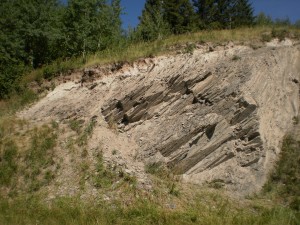
Location: 11 U 0627438 E / 5658531 N (UTM-WGS-84 with ~4m accuracy)
Total thickness: 205.57 m
Average strike and dip: about ~ 150/50 (using the University of Calgary right-hand rule)
Notice: Data is based on Continue reading Stratigraphic cross section at Exshaw, Alberta
Core of Geoscience
As a second year Geology Undergraduate I am in the middle of my journey towards becoming a professional in the field of Geoscience. One of the things a student in geology compared to a student in another scientific field would notice is that after elementary geology classes, the Geoscience spread in to a wide range of different academic disciplines. Geology program covers, material science, engineering/physics, chemistry, actuarial science and even art. Other than engineering, the geological applications of these subjects are the most practical use of these fields. For example, geochemistry has more practical real world applications than general chemistry or there are more jobs for geophysics majors than physics majors. Continue reading Core of Geoscience

